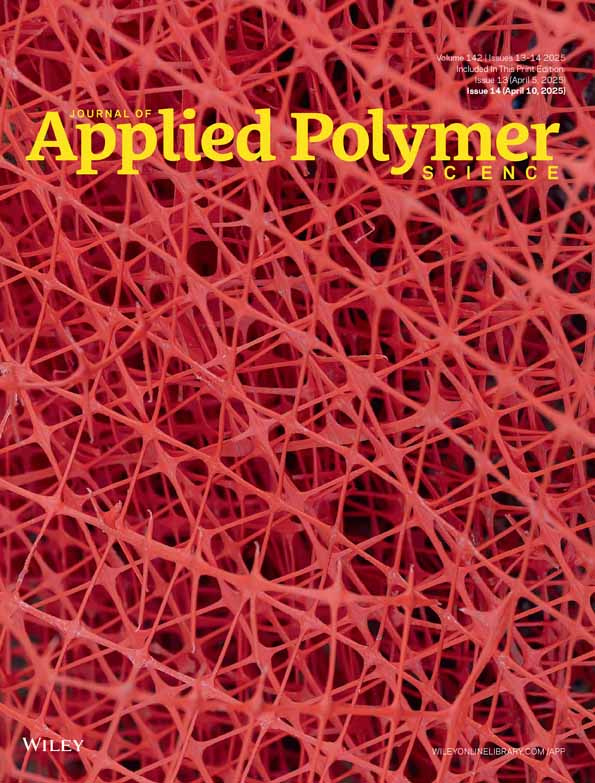The Structural, Electrical and Dielectric Studies of CMC Based Biopolymer Gel Electrolytes for Ecofriendly Device Applications
Funding: The authors received no specific funding for this work.
ABSTRACT
The solution casting procedure has been effectively used to synthesize biopolymer gel electrolytes (BGEs) using carboxymethyl cellulose (CMC) and ammonium thiocyanate (NH4SCN). The XRD patterns of the bio-based green emulsions (BGEs) have provided evidence of the non-crystalline structure of the films. Optical micrographs of BGEs have revealed the formation of homogeneous gel electrolyte films. Complex impedance spectroscopy has been used to investigate the ion transport mechanism and dielectric relaxation dynamics of biopolymer gel electrolyte films over a wide range of temperatures. The conductivity of the gel electrolyte samples has been shown to rise with the amount of salt present. The optimum ionic conductivity, determined at room temperature, is σ = 3.97 × 10−3 Scm−1, and it is achieved in the gel electrolyte sample containing 35 wt% NH4SCN. The variation in ionic conductivity with temperature has shown a blend of Arrhenius and Vogel-Tamman-Fulcher (VTF) characteristics. An analysis has been conducted on the impedance data to investigate the ion transport process using the formalisms of ac conductivity, permittivity, and electric modulus. The dielectric impedance of the BGEs films has been used to determine the charge carrier density and mobility. The electrolyte with the best conductivity has shown a broad range of electrochemical stability, spanning from −1.49 to +1.27 V. The I-t investigations has shown a high transference number (t ion ~ 0.99), indicating that ions are the primary contributors to conductivity. The cyclic voltammetry tests have shown excellent reusability, indicating its potential use in devices, such as supercapacitors and rechargeable batteries.
Conflicts of Interest
The authors declare no conflicts of interest.
Open Research
Data Availability Statement
The data that support the findings of this study are available from the corresponding author upon reasonable request.




